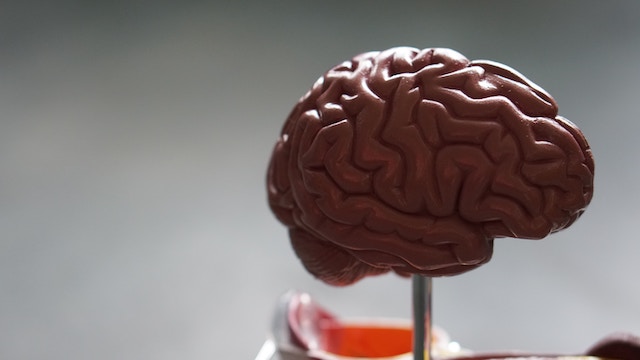
You might have been told that once brain cells get destroyed, they can’t come back. This was the long-standing belief in the scientific community for a century, but the last couple of decades have unveiled findings that point to brain cell regeneration.
Cell Regeneration in the Hippocampus
Back in the 1990s, researchers found that neurons were being regenerated in the hippocampus of monkeys. A few years later, another study showed neurogenesis in monkeys’ cerebral cortex. Not only that, but there were three different areas of the cerebral cortex that experienced neurogenesis in adult monkeys. These were the prefrontal region, the inferior temporal region, and the posterior parietal region. Given that primates share a lot in common with humans, scientists had to reevaluate all they had assumed about brain cells.
Neurogenesis in Humans
Researchers have found that the hippocampus of human adults also experienced brain cell regeneration, specifically in the dentate gyrus, which is responsible for memory. Neurogenesis was also observed in the olfactory bulb, which regulates our sense of smell.
If cell regeneration is possible in these parts of the brain, it opens the door for neurogenesis in other brain regions as well. Scientists are now focusing on looking at cell growth in the amygdala and hypothalamus. The amygdala is responsible for our feelings of fear and other emotions. The hypothalamus helps the autonomic nervous system and pituitary gland function properly. People with pituitary gland disorders experience things such as abnormal growth, high blood pressure, high blood sugar, and memory loss.
Future Studies
More research is needed to determine how this regeneration works, but it could pave the way for better treatment of disorders and some mental health issues. Scientists are particularly hopeful about studying brain cell regeneration to treat a range of psychiatric disorders, Parkinson’s, Alzheimer’s, and other forms of dementia.